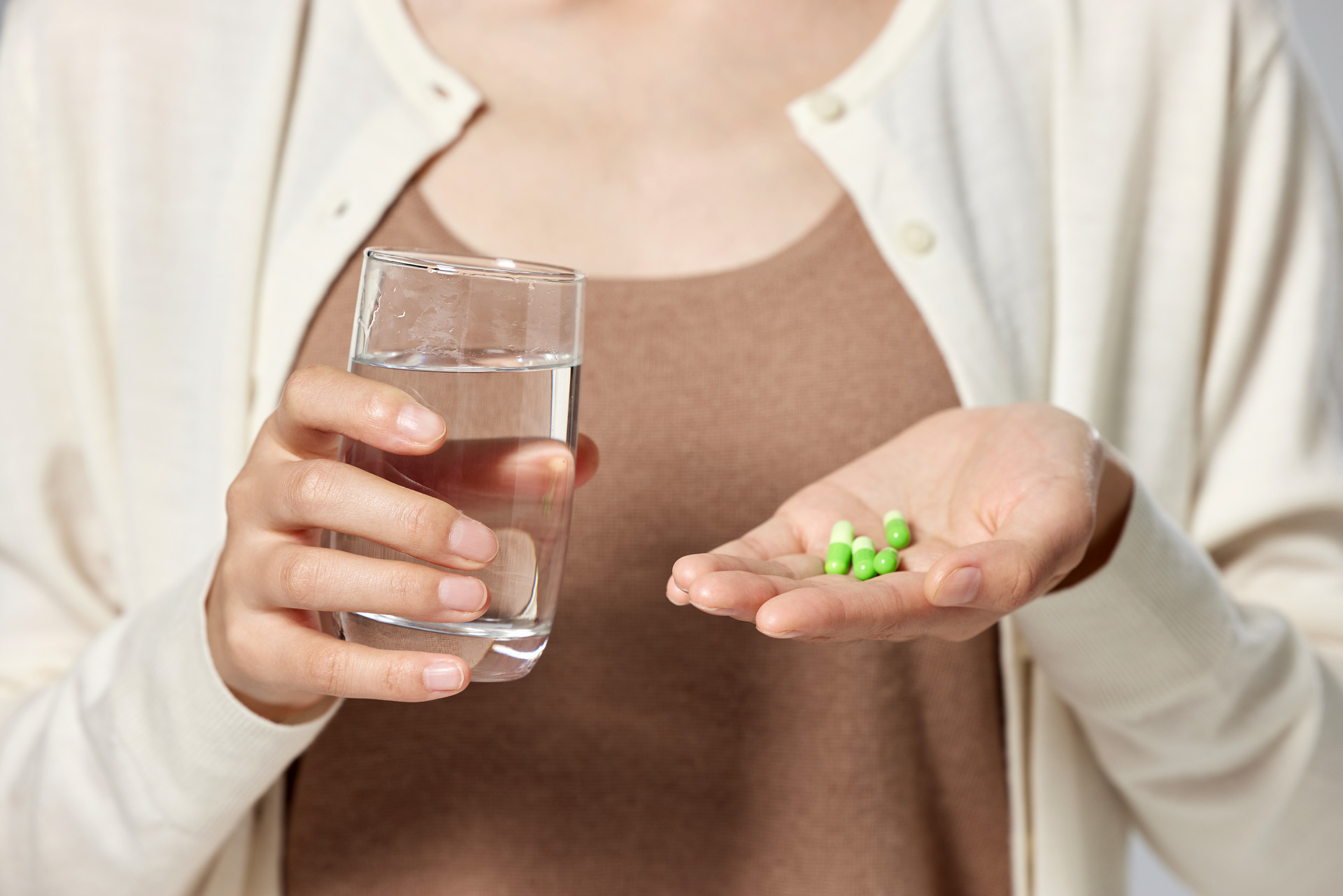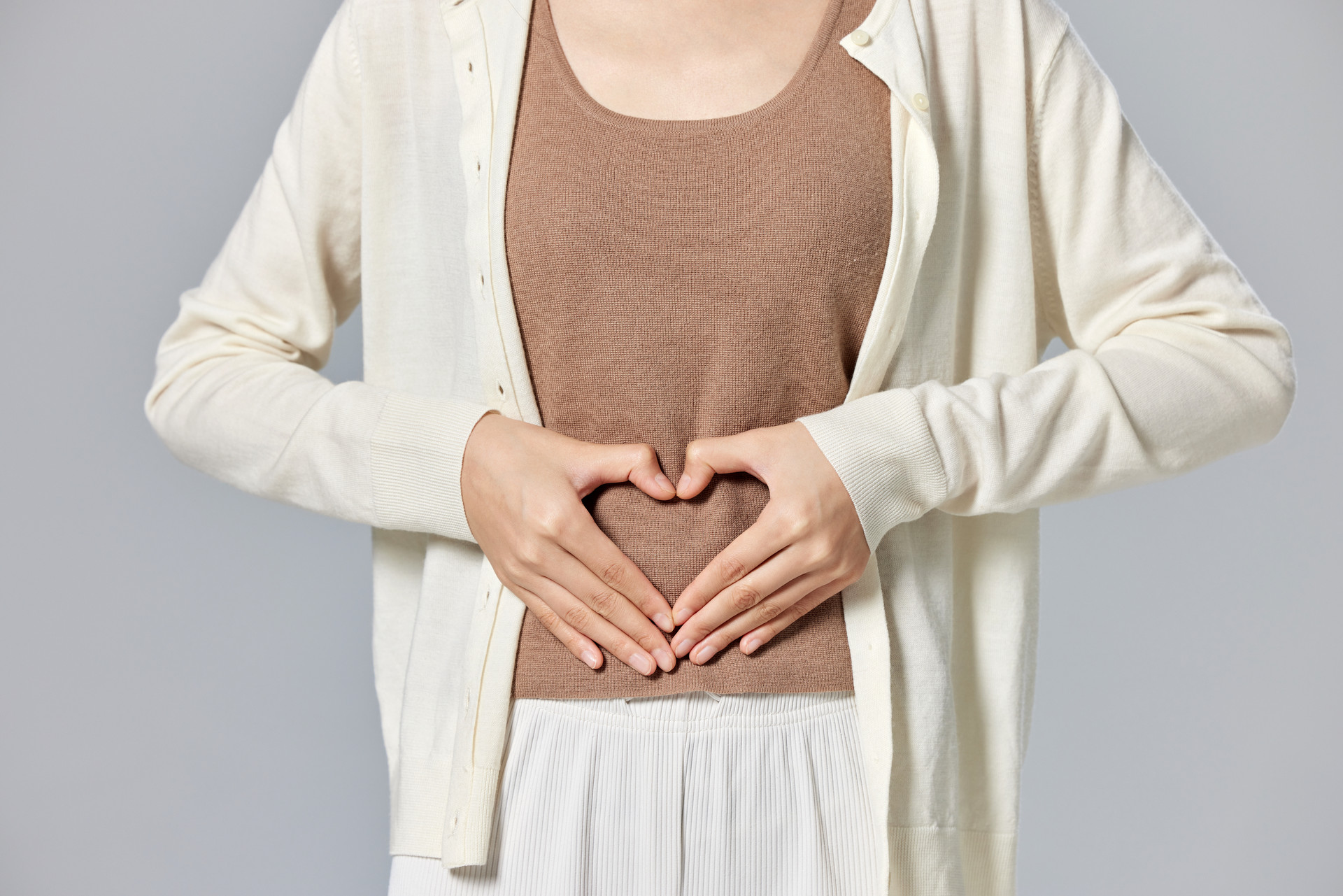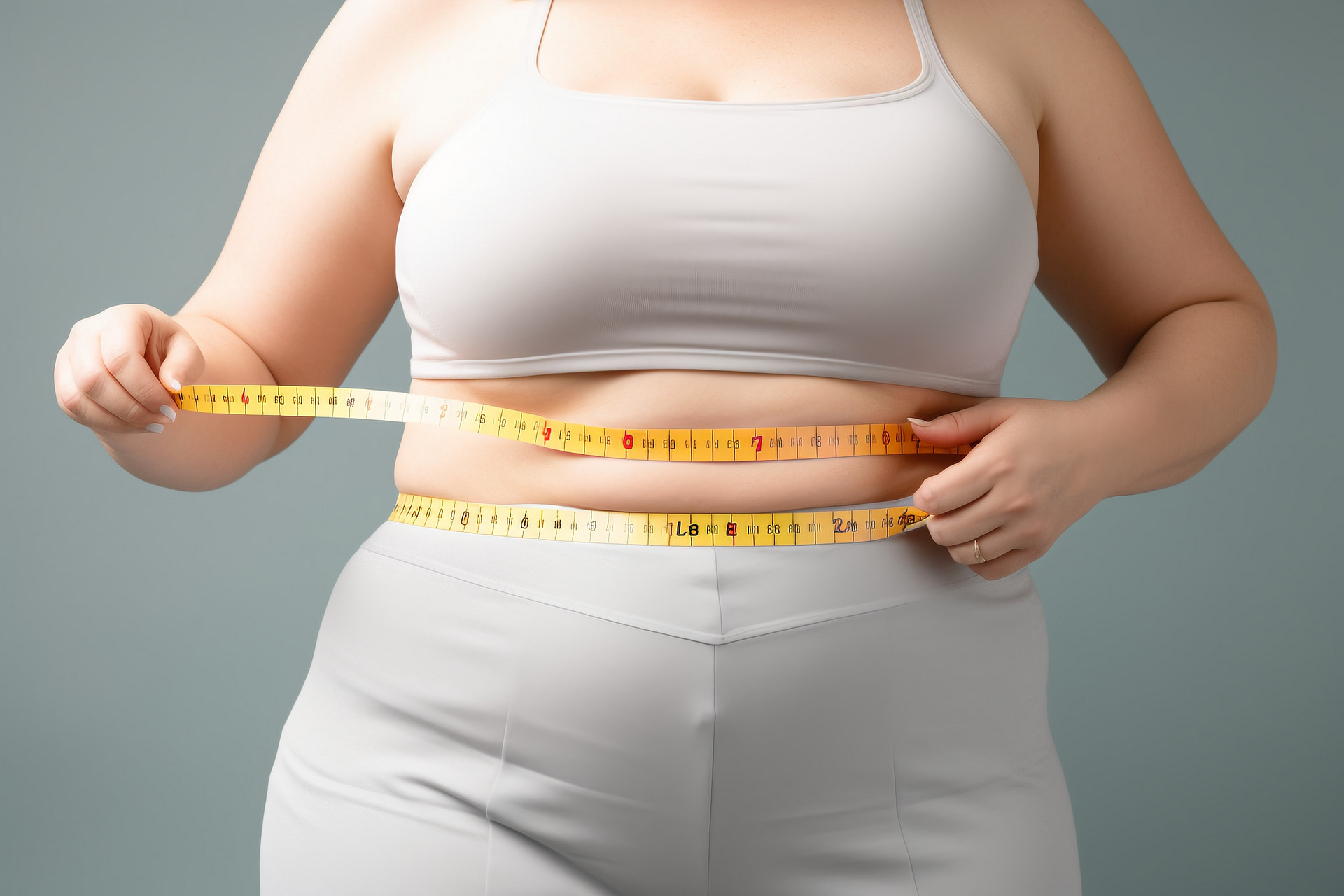
Many girls have been taught by their mothers about the traditional Chinese medicine method of "drinking brown sugar water to treat menstrual pain". So, can brown sugar water really help with menstrual pain? And what other methods can help alleviate menstrual pain?
Identifying the Appropriate Type of Menstrual Pain for Brown Sugar Water Treatment
Some netizens believe that the claim that "brown sugar water is a lie and cannot treat menstrual pain" is based on the fact that menstrual pain can be classified into primary and secondary types. Primary dysmenorrhea occurs in adolescent girls who have had their first menstruation 2-3 years ago or in young women who have given birth. It is caused by elevated levels of prostaglandins and does not involve any underlying diseases; it is purely pain and is usually recommended to be treated with painkillers and short-acting contraceptives. Secondary dysmenorrhea is usually caused by diseases such as pelvic inflammatory disease, uterine tumors, or endometriosis, and it can be relieved by treating the underlying gynecological conditions.
In response to this, experts explain that while the claim found online has some truth to it, brown sugar water is indeed effective for certain types of menstrual pain.
Traditional Chinese medicine believes that there are two main types of causes for menstrual pain. One type is deficiency syndrome, which means "pain due to insufficient nourishment". This is caused by weakness of qi and blood or deficiency of the liver and kidneys. The other type is excess syndrome, which means "pain due to blocked flow". This is caused by poor circulation of qi and blood. In clinical treatment, traditional Chinese medicine roughly categorizes menstrual pain into four types. The treatment methods vary depending on the specific symptoms. Brown sugar is generally derived from the juice of the stems of sugarcane, which is a herbaceous plant in the Poaceae family. It is processed into reddish crystals. "Yi Lin Zuan Yao" records the effects of brown sugar as "tonifying the spleen, dispersing blood stasis, and invigorating blood circulation". "Sui Xi Ju Yin Shi Pu" records the effects of brown sugar as "dispelling cold, invigorating blood circulation, relaxing tendons, and relieving pain". Therefore, brown sugar water is effective for "qi stagnation and blood stasis" and "yang deficiency and internal cold" types of menstrual pain.
Treating Menstrual Pain According to Different Types
Experts explain that the symptoms of the four types of dysmenorrhea vary slightly, and the treatment methods differ as well.
For patients with qi stagnation and blood stasis type of dysmenorrhea, they usually experience lower abdominal distension and pain, tenderness in the nipples, irritability, scanty menstrual flow, or irregular menstruation. The treatment requires regulating the liver, promoting qi circulation, resolving blood stasis, and relieving pain. For mild cases of this type of menstrual pain, patients can use the dietary therapy method of boiling motherwort with eggs under the guidance of a traditional Chinese medicine practitioner to relieve the symptoms.
For patients with deficiency of qi and blood type of dysmenorrhea, they usually experience continuous lower abdominal pain during the menstrual period, scanty and pale menstrual flow, fatigue, pale complexion, poor appetite, and loose stools. The treatment requires nourishing qi and blood, and relieving pain. For mild cases of this type of menstrual pain, patients can use herbal ointments like Yuling Gao, which tonify both qi and blood, under the guidance of a traditional Chinese medicine practitioner for regulation.
For patients with yang deficiency and internal cold type of dysmenorrhea, they usually experience lower abdominal pain during or after the menstrual period, light-colored and scanty menstrual flow, accompanied by lumbosacral soreness, cold hands and feet, and frequent clear urination. The treatment requires warming the meridians, dispelling cold, nourishing blood, and relieving pain. For example, the aforementioned ginger soup with brown sugar can be taken under the guidance of a traditional Chinese medicine practitioner, and it is more effective for cold-type menstrual pain. The combination of brown sugar and ginger can tonify qi and blood, and warm and invigorate blood circulation.
For patients with deficiency of the liver and kidneys type of dysmenorrhea, they usually experience lumbosacral soreness and weakness, slight lower abdominal discomfort after menstruation, or symptoms such as hot flushes, dizziness, and tinnitus. The treatment requires taking medications that nourish the kidneys, tonify the liver, and relieve pain. For patients with milder symptoms, they can try dietary therapy methods such as cooking eggs with Ligusticum chuanxiong and Salvia miltiorrhiza under the guidance of a traditional Chinese medicine practitioner.
Experts point out that no matter which type of menstrual pain it is, it is important for patients with severe symptoms to seek medical attention in a timely manner and not to blindly rely on dietary therapy instead of medication. In the autumn season, patients with certain types of menstrual pain can also use herbal ointments according to their specific types for regulation and prevention under the guidance of a traditional Chinese medicine practitioner.






